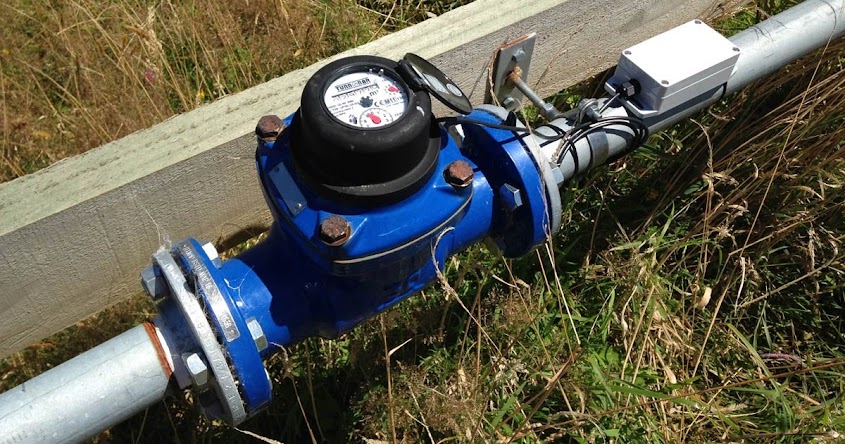All you need to know about an appropriate tube fitting
An appropriate tube fitting is determined by
temperature and pressure.
High-temperature and high-pressure applications call
for metal fittings, while low-temperature and low-pressure applications call
for plastic ones. Galvanic corrosion can be reduced by using plastic fittings
with metal tubes, but metal fittings are typically utilized.
Threaded flare fittings
Threaded flare fittings force the tubing's flanged
end against its mating surface. A conical seal is formed as the relevant
components are pulled together tightly. The Society of Automotive Engineers
specifies two different types of flares (SAE). Automotive, refrigeration, and
marine systems frequently employ the 45-degree burst. Brass is the most
frequent material for 45-degree fittings; however, 37-degree fittings can be
purchased in brass, steel, or stainless steel.
Two-piece fittings use a long-necked nut to position
and support the tubing against the flare. The tubing is prone to twisting when
torque is applied. The compression force on the fit may be unevenly distributed
due to the friction between the nut and flare. Before a bend can begin, the
long-necked nut requires the entire length of tubing.
O-ring face-seal
It is possible to make a leak-tight seal by
compressing an O-ring into an O-ring face seal. To ensure proper installation,
they give a near-instantaneous surge in torque when the connection is tight.
Because of this, they can be used in areas with limited space for plumbing,
such as in bathrooms. Fluids must be compatible with the o-ring materials used
to seal them.
Inverted flare fittings Most of the time, inverted
flare fittings are seen in automotive settings.
Threaded self-flaring
fittings
No specific flaring operation is required for
self-flaring threaded parts. A clear wedge-shaped sleeve is used during nut
tightening to generate a flare on the tubing end. When used on thin-walled
tubing, the fitting produces a better fit without requiring a lot of torque. As
well as being strong mechanically and vibration-resistant, this joint may also
be reused.
Threaded flareless
fittings
Because they don't require a flaring procedure,
threaded flareless fittings are commonly utilized with the thick-wall tube. The
cutting edge of the ferrule or sleeve is pushed into the tubing wall to
generate an interference seal, resulting in a tight seal. The spring-action
mechanical joint provides a leak-proof seal and is resistant to vibrations.
The internal design configuration can be machined
onto the boss component of an inverted flareless arrangement with the
ferrule-fitting principle. A male threaded nut connects the tubing directly to
the boss, eliminating the need for a seal and allowing for tighter bends.
Compression fittings produce a seal when the sleeve is pushed into the tube
diameter and deflects into two parallel grooves. Transverse flaws can impair
the seal because it is created by non-destructive surface contact between the
sleeve and the tube during sealing. This fitting is restricted to applications
requiring low pressure, vibration-free systems with thin-walled soft tubing,
such as copper.
Permanent fittings
If you want a long-lasting connection, you can use
various methods such as adhesive bonding or welding. The aircraft industry
created these fittings because of the importance of excellent reliability, low
installation costs, and small overall weight. Many of these fittings were
initially designed for use in aerospace, but they have since found their way
into other industries. They can't be reused; that much is clear.
Plastic fittings
Plastic fittings can't tolerate heat or pressure.
However, they are less expensive than metal, inhibit galvanic corrosion, reduce
noise, and can survive a broad spectrum of corrosive fluid attacks.
Plastic fittings best serve Low-temperature
fluid-transfer applications.
A plastic fitting's pullout resistance varies
considerably based on its size, the tubing material, and the locking
mechanisms. Pullout resistance is increased by using grippers made of plastic
or metal. A plastic gripper is used solely with plastic tubing to prevent the
tubing from tearing out of a fitting. When used with metal tubes, metal
grippers can withstand pullout forces of more than 300 lb.
As a result of the smooth inside surfaces of plastic
fittings, they are naturally less receptive to flow. As a result, flow
passageways are more likely to remain unobstructed because plastic resists
scale accumulation and does not rust. If you are looking for Tube fittingsmanufacturers UAE then you are in the
right place.
All kinds of process control and measuring instruments and
industrial technology solutions are available from Kevitits. An inspection and testing system has been established that is both
national and worldwide to ensure that we Valves and Manifolds
suppliers in UAE are always of the highest
quality.

.png)
Comments
Post a Comment